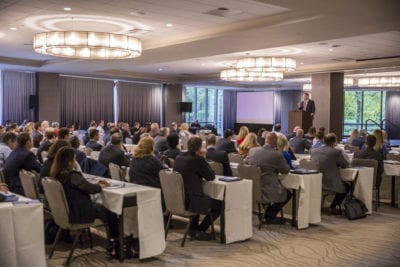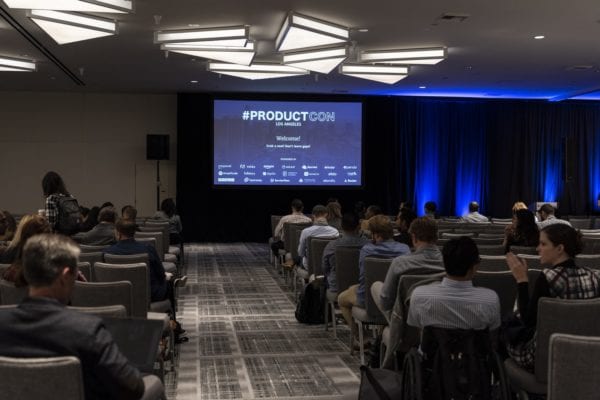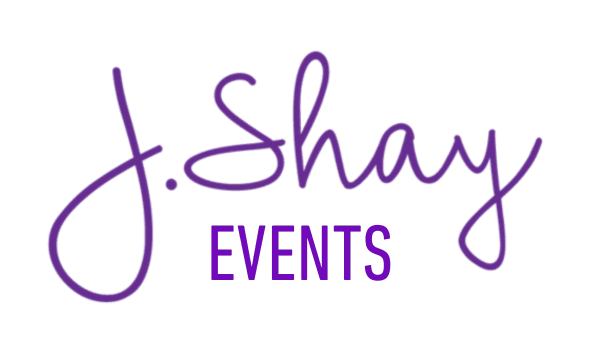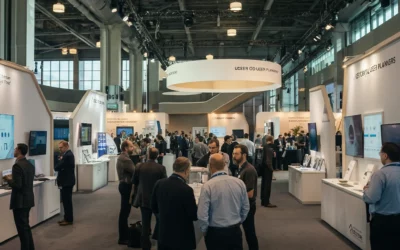Meetings often carry more dread than excitement. Many people see them as time drains rather than value drivers. But the truth is: when done skillfully, meetings become your most powerful leverage point. Meetings connect leadership with teams, align critical decisions, and move projects forward with clarity.
If you want your meetings to be engines of productivity — not just calendar fillers — these six strategies will reframe how you design, run, and follow up on them.
1. Start with Purpose — Define Meeting Goals Clearly
Every meeting must begin with intent. Ask yourself: Why am I calling this meeting? What outcome do I want? Is the goal to make a decision, brainstorm, extract status updates, or solve a bottleneck?
Clarity here is nonnegotiable. Especially in corporate environments, meeting fatigue sets in quickly when sessions become vague. Research shows that meetings with undefined goals tend to drift and waste time.
Frame that goal early in your agenda and share it in the invitation. Use SMART objectives (specific, measurable, achievable, relevant, time-bound). When people arrive knowing what success looks like, the meeting becomes more focused — and far more effective. (This practice anchors your effective meeting management strategies.)

2. Build a Tight Agenda & Stick to It
An agenda isn’t optional — it’s your meeting backbone. But not just any agenda: a prioritized, timed, and outcome-oriented agenda that maps flow and sets expectations.
-
List 3–5 core agenda topics, prioritized by importance.
-
Assign a time block for each topic. (Yes, even 5-minute topics deserve a slot.)
-
Designate “owners” or facilitators per topic, so someone leads that section.
-
Share materials in advance, so attendees arrive prepared.
This is core to meeting planning and coordination tips. And when topics exceed their allotment, use a “parking lot” for overflow — capture it, schedule separately, but don’t derail the current agenda.
Organizations like McKinsey advocate for shorter, focused meetings over long ones with multiple disconnected items (McKinsey & Company). The shorter you make your sessions (without sacrificing quality), the more disciplined and engaging they become.
3. Invite Only the Right People
Bigger isn’t better when it comes to meetings. Inviting people who don’t need to attend dilutes focus, extends discussions, and reduces accountability.
Ask: Who absolutely needs to be there? Only include decision-makers or those who bring essential insight. If some can be looped in later via summary, allow that.
Most effective meetings stay within 5–7 participants. Anything more, and you risk lengthy debates, off-topic tangents, or disengagement.McKinsey & Company.
Also, respect people’s time — schedule meetings when participants are fresh, avoid back-to-back packing, and be thoughtful with duration.

4. Facilitate With Intent — Keep Focus & Participation High
A meeting leader’s job is part host, part referee, part motivator. Whether virtual, in-person, or hybrid, how you control flow and engagement defines whether a meeting delivers or derails.
-
Start with action — Kick off with a quick task, prompt, or decision rather than recapping old ground.
-
Encourage equal participation — Ask quieter voices for input. Use open-ended questions. Rotate roles (facilitator, timekeeper, note-taker).
-
Manage tangents — Use the parking lot method. If a topic veers off, acknowledge it, capture it, and refocus on the agenda.
-
Check on energy and pacing — If attention dips (especially after lunch or 90 minutes), switch formats: micro-break, stretch, or quick interactive activity.
-
Summarize decisions & assign next steps — End each segment with a short recap: decision, owner, due date.
Strong facilitation is a critical pillar in corporate meeting management services. And done right, it makes people feel their time is respected — which fosters trust, buy-in, and continued engagement.
5. Manage Logistics & Technical Flow Behind the Scenes
Even the best agenda can flop if logistics fail. Meeting planning and coordination must include operational excellence. Consider:
-
Room / virtual setup — Ensure A/V, lighting, connectivity, mic checks, cameras, and backup devices.
-
Technology rehearsal — Run through screen sharing, remote access, breakout rooms, and transitions.
-
Materials & handouts — If you rely on physical handouts or digital docs, ensure they are ready and accessible.
-
Time-keeping & pacing — Enforce time blocks and transitions. Use visible timers or tools.
-
Hybrid considerations — If combining in-person and remote participants, assign a moderator to ensure remote voices aren’t drowned out. Use raised-hand tools, balanced speaking order, and shared visual cues.
Every detail matters because a meeting’s credibility lies in seamless execution.

6. Follow Up, Track Accountability & Learn for Next Time
The work doesn’t end when you say “That’s a wrap.” The real value is in what happens after.
-
Distribute meeting minutes quickly — Send a concise summary (decisions, assigned tasks, deadlines) within 24 hours.
-
Track progress — Use dashboards, project tools, or check-ins to monitor action item completion.
-
Solicit feedback — Ask participants for input: What worked? What didn’t? What could be improved next session?
-
Analyze outcomes vs goals — Did you meet your meeting objective? Which metrics reflect progress? Which fell short? Use that insight to refine your next meeting.
In advanced models of meeting management, these “bridges” between synchronous meeting activity and asynchronous collaboration are becoming powerful tools for sustained alignment.
Why Effective Meeting Management Matters
Organizations hemorrhage time on ineffective meetings. One Slack survey revealed that 35% of employees believe they spend too much time in meetings — and 43% think meetings could be eliminated without negative impact.
But the inverse is true as well: well-run meetings increase clarity, speed decision-making, enforce accountability, and drive progress. They strengthen team alignment, surface real bottlenecks, and create a shared sense of direction.
When you approach meetings through the lens of meeting facilitation techniques for executives, meeting logistics management best practices, and measuring success of business meetings, you shift from chore to strategic tool.
You might also like…
Event Registration Software & Corporate Event Registration Solutions That Transform the Attendee Experience
The Most Reliable Event Registration Software for Corporate Conferences, Trade Shows, &...
Corporate Event Registration Solutions: Onsite Tools, Support, and Strategies Every Planner Needs
Corporate event planners face increased pressure to deliver flawless attendee experiences. Whether...
How to Plan a Successful User Conference: A Full Guide to Conference Planning and Management
1) Start with hypotheses — treat the event like an experiment Stop thinking “attendance” as your...




